Decoding Dress Codes: What to Wear When Visiting Temples, Monasteries, and Mosques in Nepal, Tibet, and Bhutan
7 Jun 2023 Asia Experiences
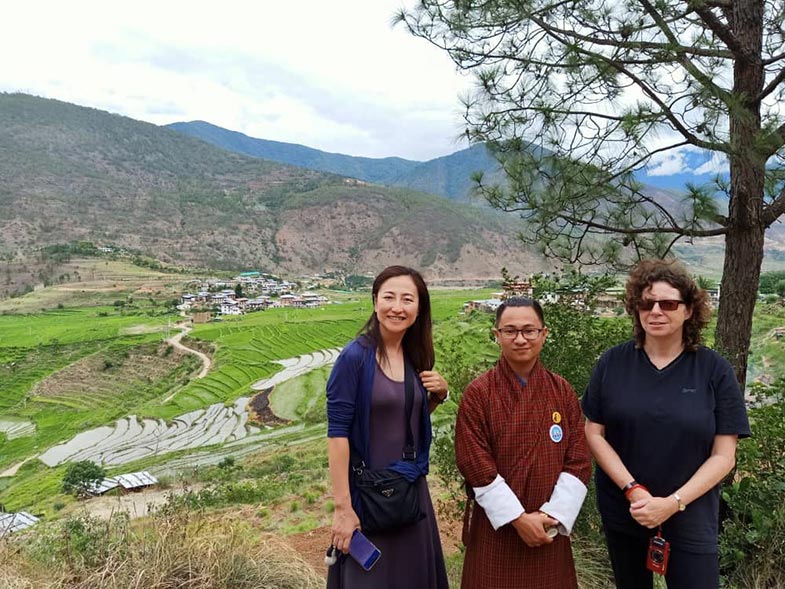
When embarking on a tour of the culturally rich countries of Nepal, Tibet, and Bhutan, one cannot miss the opportunity to explore the sacred sites that dot the landscapes. Temples, monasteries, and mosques hold immense religious and cultural significance, offering a glimpse into the spiritual traditions of these enchanting destinations. As foreign travelers, it is crucial to be aware of the dress codes and respectful attire required when visiting these sacred places. Let’s dive into the dress codes for temples, monasteries, and mosques in Nepal, Tibet, and Bhutan to ensure a memorable and respectful journey.
- Nepal: Nepal, with its diverse religious heritage, is home to numerous Hindu and Buddhist temples. When visiting these sacred sites, it’s important to dress modestly and respectfully. For both men and women, it is customary to cover your shoulders, chest, and knees. Avoid wearing revealing or tight-fitting clothing. Women may consider wearing long skirts or pants paired with a modest top, while men can opt for trousers or knee-length shorts paired with a shirt. Additionally, it is customary to remove your shoes before entering the inner sanctums of temples.
- Tibet: Tibet is renowned for its magnificent monasteries, where Tibetan Buddhism is deeply rooted. When visiting these monastic establishments, it is important to dress in a manner that shows reverence to the religious traditions. Both men and women should wear modest and conservative attire. Avoid wearing shorts, sleeveless tops, or revealing clothing. Women can choose to wear long skirts or pants with tops that cover the shoulders, while men can opt for trousers and shirts. It is also customary to remove your shoes before entering the monasteries.
- Bhutan: Bhutan, the Land of the Thunder Dragon, is known for its vibrant Buddhist monasteries and dzongs (fortresses). When visiting these sacred places, it is essential to adhere to the Bhutanese dress code, which is a reflection of the country’s commitment to preserving its cultural heritage. Men are required to wear a gho, a knee-length robe, while women are expected to wear a kira, a traditional ankle-length dress. Both men and women should also wear a wonju, a jacket, over their attire. It is important to note that these traditional outfits can be rented or purchased in Bhutan. Additionally, removing your shoes is customary when entering monasteries and temples.

Nepal Tibet Bhutan Tour 14 Days
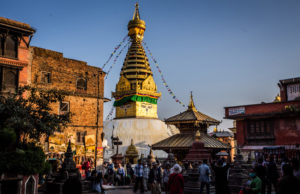
Nepal Tibet Bhutan Short Tour 2026/2027 10 Days
Respecting the dress codes in these countries not only shows reverence to their religious and cultural customs but also allows you to immerse yourself more fully in the spiritual atmosphere of these sacred sites. It is advisable to carry a shawl or scarf with you, which can be used to cover your shoulders or head when necessary.
Here are some general guidelines:
- Cover your shoulders and knees. This is the most important rule, and it is strictly enforced in many places. If you are wearing shorts or a tank top, you will be asked to cover up before entering.
- Remove your shoes. This is also a common requirement, and it is important to do so out of respect for the sacred space.
- Be mindful of your body language. Avoid making any gestures that could be seen as disrespectful, such as pointing or talking loudly.
- Be respectful of the religious practices. This includes things like not taking pictures of people praying or meditating.
Here are some specific dress codes for temples, monasteries, and mosques in Nepal, Tibet, and Bhutan:
- Temples in Nepal: In general, you should cover your shoulders and knees when visiting temples in Nepal. Some temples, such as Pashupatinath Temple, require you to wear a sarong or other traditional garment.
- Monasteries in Nepal: Monasteries in Nepal have a more relaxed dress code than temples. However, it is still important to be respectful and cover your shoulders and knees.
- Mosques in Nepal: Mosques in Nepal require men to wear long pants and long-sleeved shirts. Women must wear a headscarf and cover their legs below the knee.
The same general guidelines apply to Tibet and Bhutan. However, it is important to note that the dress code can be more strict in these countries. It is always best to err on the side of caution and dress conservatively when visiting religious sites.
By following these guidelines, you can help to ensure that your visit to a temple, monastery, or mosque in Nepal, Tibet, or Bhutan is a respectful and enjoyable experience.
Here are some additional tips for dressing appropriately for a visit to a temple, monastery, or mosque:
- Bring a sarong or other traditional garment. This can be helpful if you are not sure what to wear or if you are visiting a place with a strict dress code.
- Avoid wearing revealing clothing. This includes things like shorts, tank tops, or skirts that are too short.
- Avoid wearing clothing with offensive images or messages. This includes things like clothing with alcohol or drug references, or clothing that is sexually suggestive.
- Be respectful of the local customs. This includes things like not taking pictures of people praying or meditating, and not talking loudly.
Before visiting any temple, monastery, or mosque, it is always a good idea to check with local guides or authorities for any specific dress code requirements. By doing so, you ensure that you are appropriately attired and contribute to a harmonious and respectful experience for both yourself and the local community.
Embark on your journey through Nepal, Tibet, and Bhutan with a deep appreciation for the cultural nuances and traditions that enrich these mystical lands. Dress modestly, show respect, and embrace the spiritual energy that pervades these awe-inspiring destinations.
Ready to explore Asia? Let us plan your perfect journey with confidence, with no worries about logistics, safety, and cultural nuances. You only focus on enjoying your trip.
Asia Experiences (A product of Everest Vacation P. Ltd.), specializing in South Asia and Southeast Asia multi-country tours, offers diverse packages for all age groups. We have various options for tour packages for travelers seeking cultural, historical, spiritual, natural, or adventure tour experiences.
There is also flexibility in customizing the itineraries to your preferences. Some of our packages are as follows, which include both South Asia and Southeast Asian destinations:
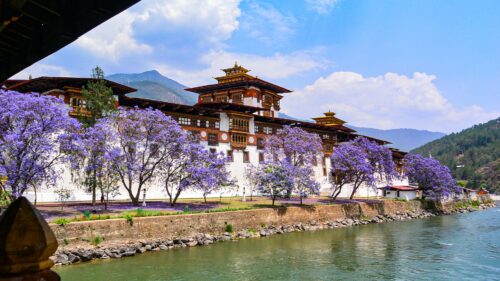
Nepal Tibet Bhutan Luxury Tour 15 Days

Nepal Tibet Cambodia Laos Tours 17 Days
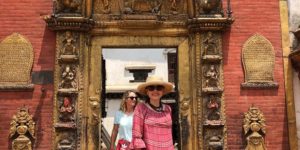
Nepal Tibet Bhutan Laos Tour 19 Days
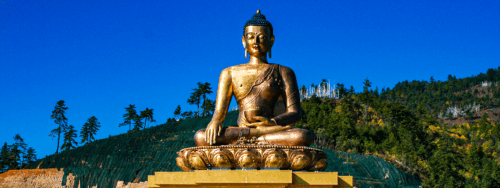
Nepal Bhutan Luxury Tour 12 Days
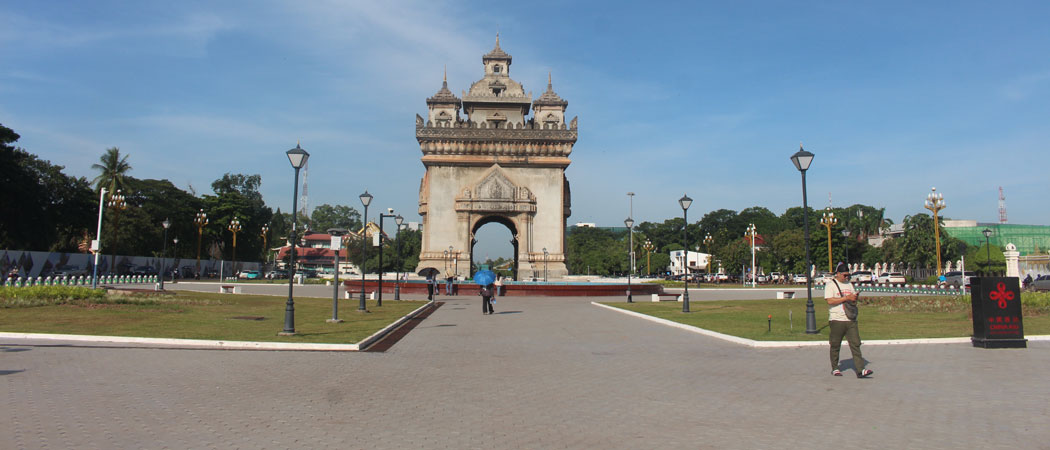
Thailand Cambodia Vietnam and Laos Tours 19 Days
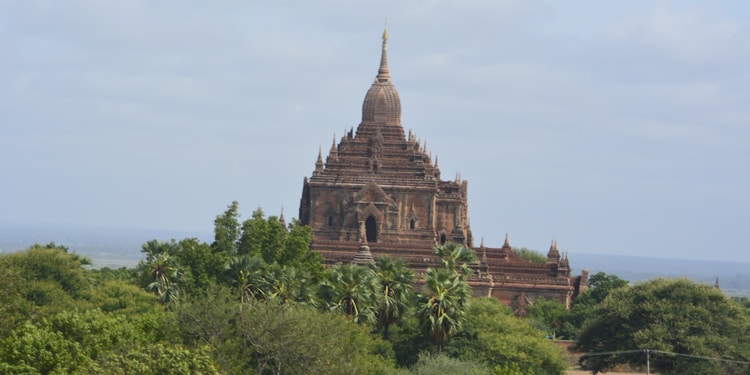
Nepal Tibet Thailand Myanmar Tour 20 Days

India Bhutan Bangladesh Tour 21 Days








